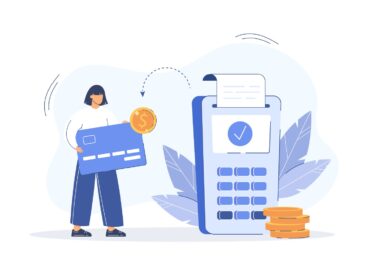How to Protect Software as an Intellectual Property?
How to Protect Software as an Intellectual Property?
Intellectual property is an asset you or your company owns that gives it a competitive advantage. It’s important not to neglect to protect your intellectual property, or it’s possible someone could copy or steal it. Computer software takes years to develop, and you’ll want to ensure that you follow the necessary steps to prevent it from falling into the wrong hands. Use these tips to claim the rights to your software.
1. File for a Patent –
A patent grants property rights to the inventor of a new invention. If your software has a distinct feature, like file-sharing or messaging, it will require a patent to protect that feature while giving it a competitive advantage. When you file a patent, the idea is to receive exclusive rights, so only you have complete ownership of your software for 20 years from the date of the license. You may want to speak to a patent lawyer to help with the process of drafting and filing a patent application.
You also establish yourself in the market and have an advantage in the marketplace. Finally, you can receive increased returns on your investments, because no one can use your product without paying a fee.
Also Read – Why Businesses Should Invest in Learning Management Software?
2. File a Copyright –
Copyright law protects authorship of movies, novels, music, songs, and any kind of visual art. Technically, copyright protection is granted when the work is completed to give it proper protection by registering a copyright. However, once it’s a tangible product, the intellectual property is offered protection under the court of law and is registered for public records. Since the software is registered, you can pursue legal action should anyone use your intellectual property without your permission.
3. Source Code Licenses –
A source code license applies to software because the code can be manipulated for the buyers’ needs. It’s a non-transferable license. However, allowing your source code available to the public is a risky move. It arguably weakens your company’s trade secrets, and the code is no longer secret. To receive more protection, apply for a software escrow.
A Software Escrow protects all parties involved in a software license by having a neutral 3rd party hold source code, documentation, and data of the software. An escrow protects your company from other programmers using your software prematurely and selling it to a 3rd party. Always get a software escrow to protect your code to keep it safe while providing the protection the licensee needs.
4. Sign an IP Assignment Agreement –
Although your developers work for you, they have no legal binding to protect your source code from competitors unless they sign a contract. Ask your developers who are creating your intellectual property to sign an IP assignment agreement, which keeps all developed work within the company and continues to belong to the company. An IP assignment agreement ensures that a developer won’t sell your property. However, if they do, you can take legal action immediately.
Protect your intellectual property immediately, or you risk it being poached by someone in your team or other investors. These four tips can help you position your intellectual property for success, and give you a competitive advantage.
Also Read – How to Select Best EHS Software For Your Company?





